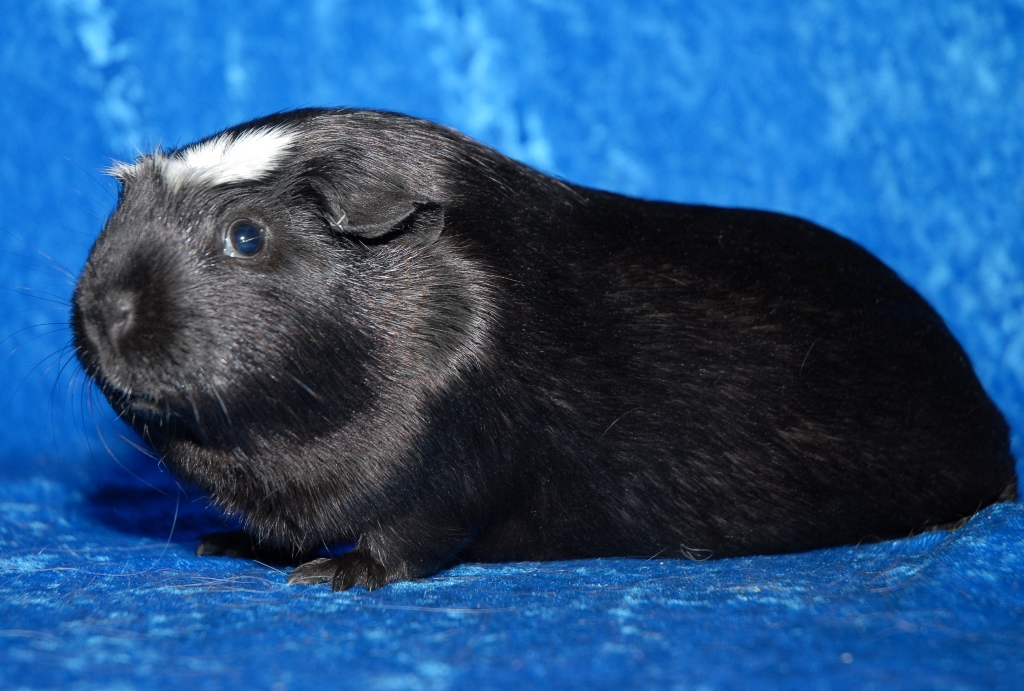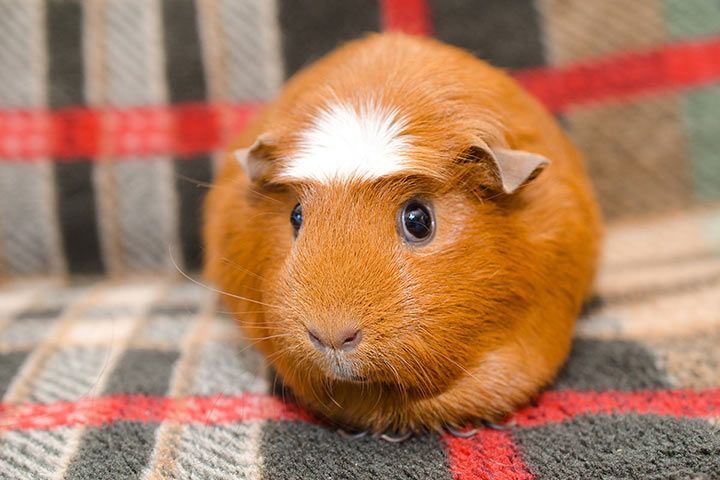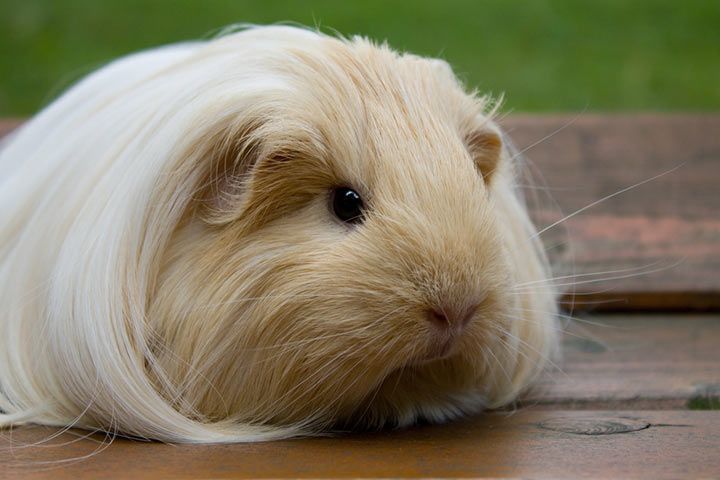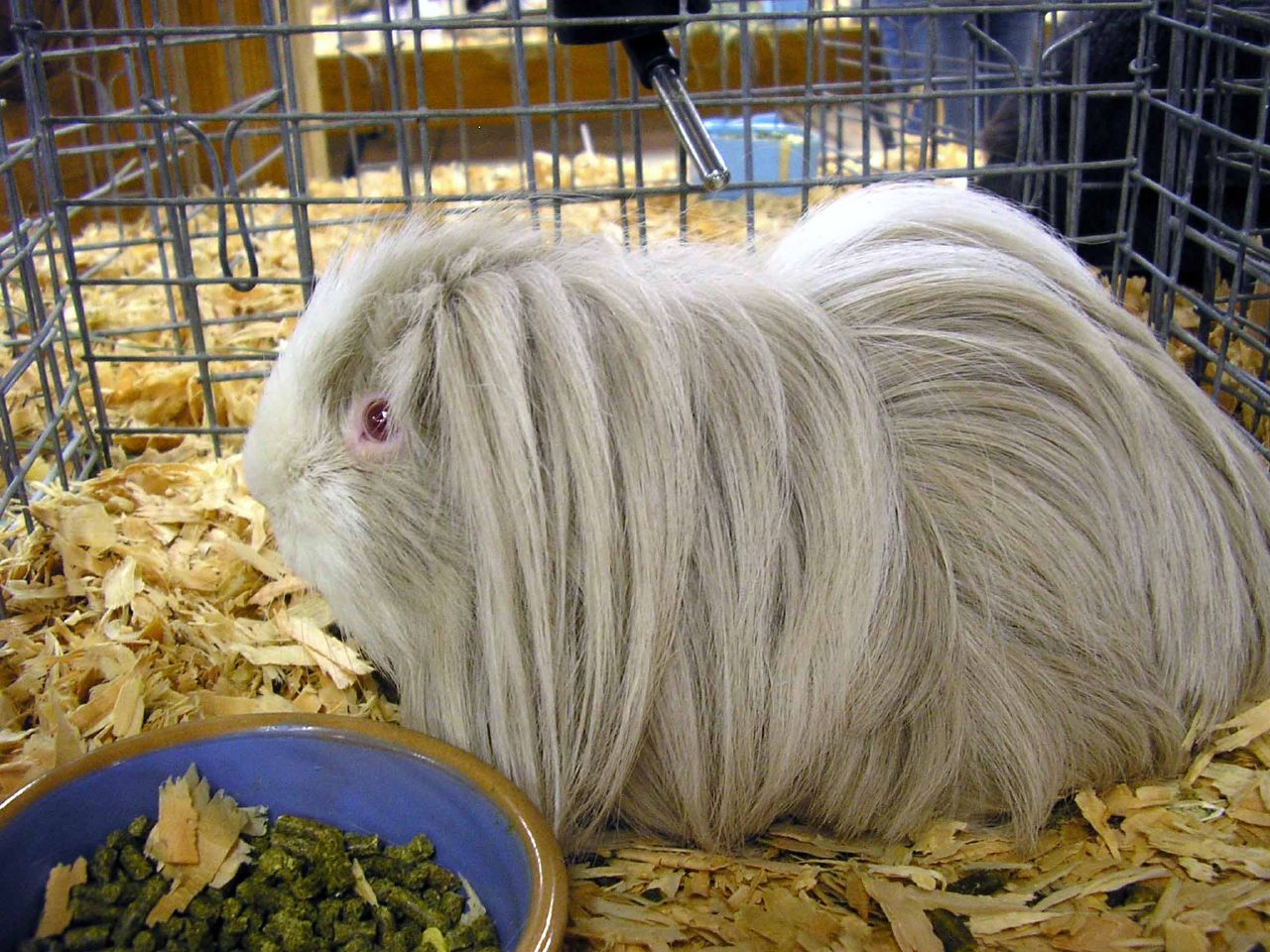What is Guinea Pig Barbering and How to Stop It
Barbering refers to a guinea pig nibbling its own or another guinea pig’s fur until there’s a scruffy or bald patch where the fur’s been trimmed away. When a guinea pig barbers itself, it can take the form of a V-shape on their back because of the spots they’re able to reach when they turn around to bite at their fur.
Why do guinea pigs barber or chew off their fur?
There are a few reasons why guinea pigs barber themselves or others. Let’s take a look at the most common reasons why a guinea pig would be barbering another guinea pig.
Why guinea pigs barber each other
A guinea pig may barber another guinea pig as a way to assert dominance, and as a response to conflict between competitive piggies, often an older to a younger male.
Guinea pigs may also barber each other due to boredom or stress.
Why guinea pigs barber themselves
Similarly to why they barber others, guinea pigs may barber themselves as a response to stress or boredom.
Bald patches or evidence of barbering can also be responses to itching or uncomfortable skin due to an allergy, parasitic infection, fungus, or other undiagnosed skin condition. If you notice bald patches on your guinea pig and your piggie seems agitated or has inflamed skin from where they’ve been biting at themselves, a trip to a reliable guinea pig veterinarian would be the best next step to take to make sure they’re not suffering from an underlying skin condition.
How to stop your guinea pig from barbering
Take away their barbershop license! *badum-ching*
Ok, in all seriousness, there are some effective ways to help stop your guinea pig from barbering itself and others.
- Separate submissive piggies from dominant ones if the behavior is driven by competition and fighting. Isolation is not ideal as guinea pigs are social, but if bonding exercises have proven ineffective and guinea pigs are injuring each other, the barbering piggie may need to be housed separately from the others.
- Reduce stress in the environment by providing plenty of places to hide, a lot of space if they share a cage with a cagemate (or more than one cagemate), human contact, stable temperature, etc. Also watch for any recent changes in environment that may have coincided with the barbering beginning, like having the cage in a new spot, different noises, etc. and adjust to a calmer environment if possible.
- Give them alternative things to chew like guinea pig appropriate chew toys
- Get them checked for skin conditions by your guinea pig vet
- Depending on your vet’s recommendations, changes to their diet may be necessary
We hope this has helped you learn more about guinea pig barbering and how to help stop your guinea pig from barbering itself or others. For over 100 pages of illustrated guinea pig care advice just like this, check out The Guinea Pig Guide book here!


